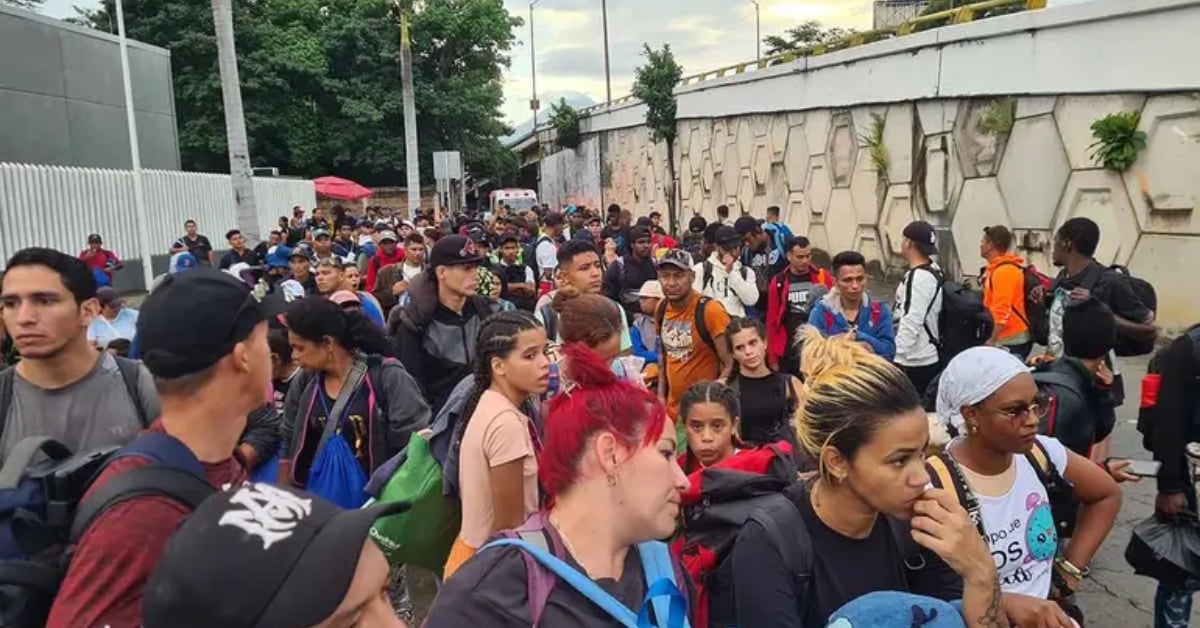A new migrant caravan is crossing Mexico en route to Canada, bypassing the U.S. amid rising deportations and border restrictions . . .

A new migrant caravan is crossing Mexico en route to Canada, bypassing the U.S. amid rising deportations and border restrictions . . .
